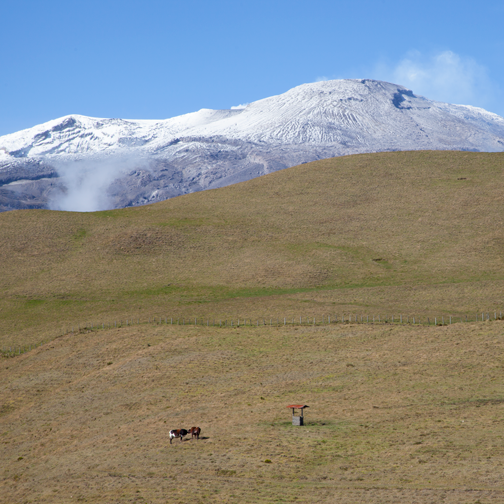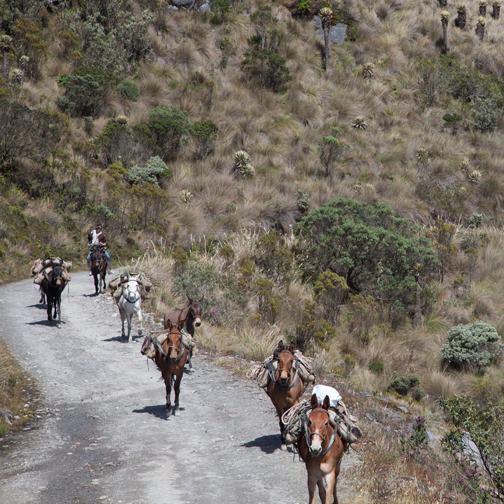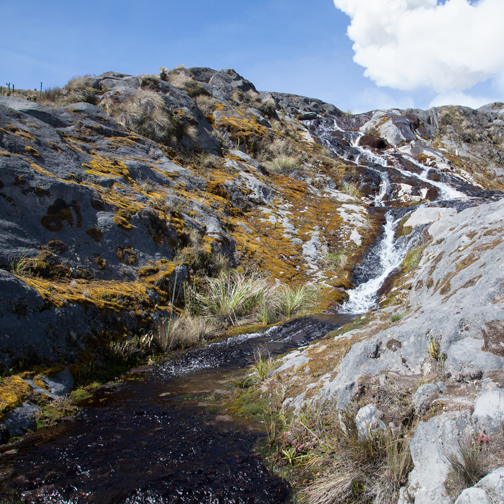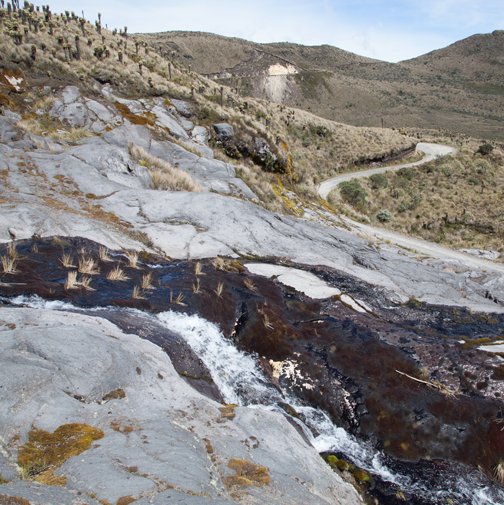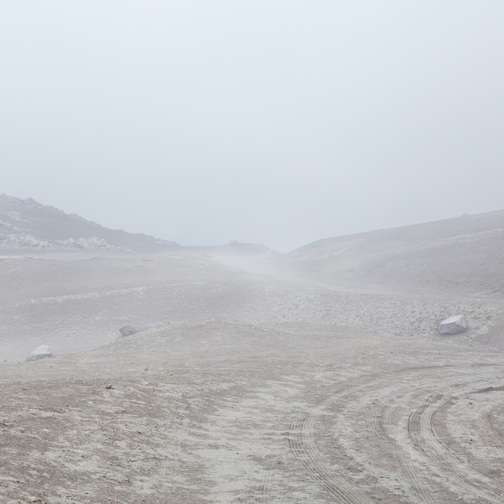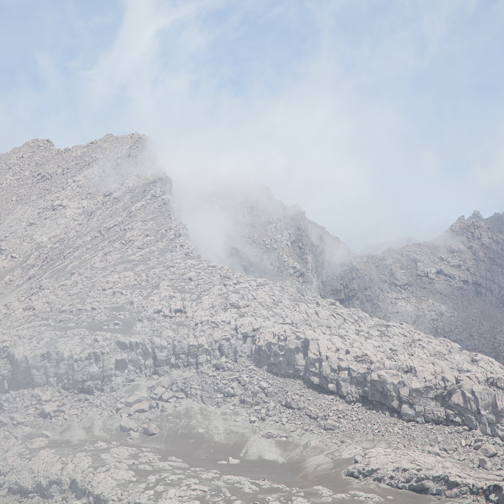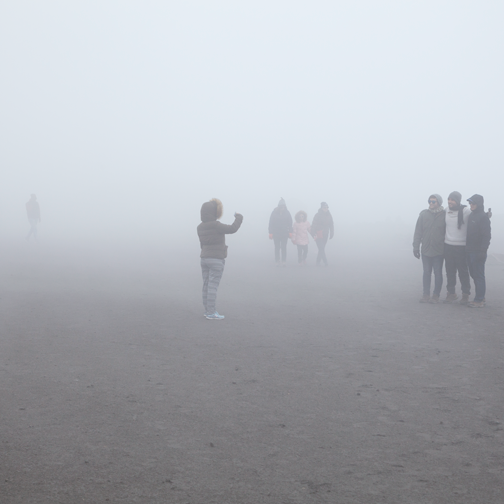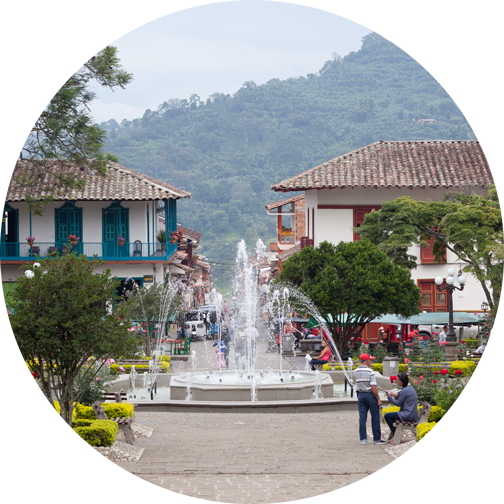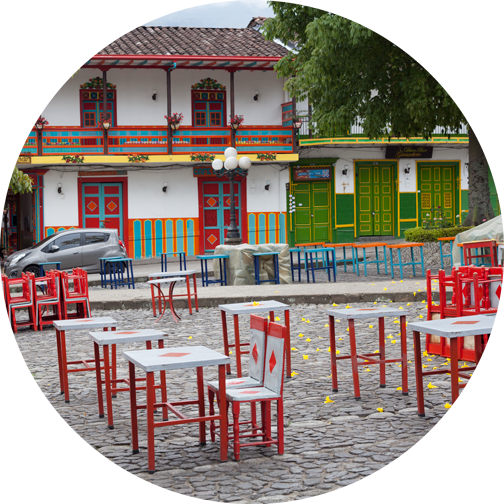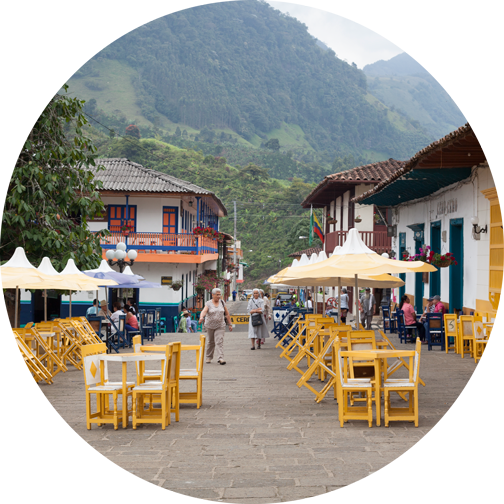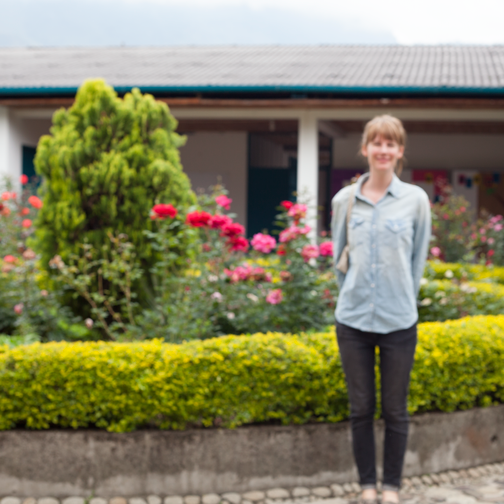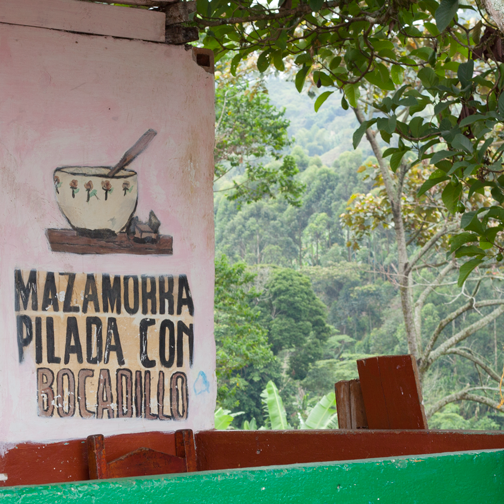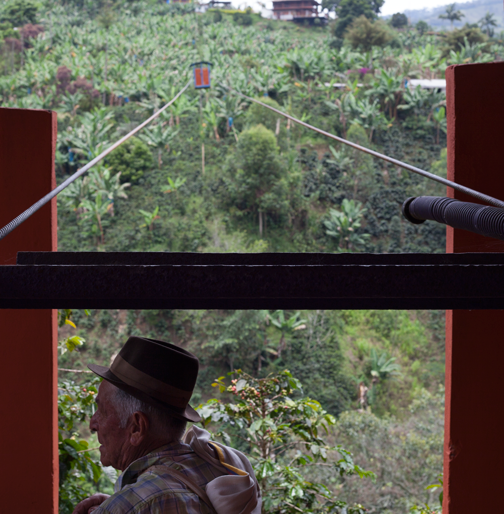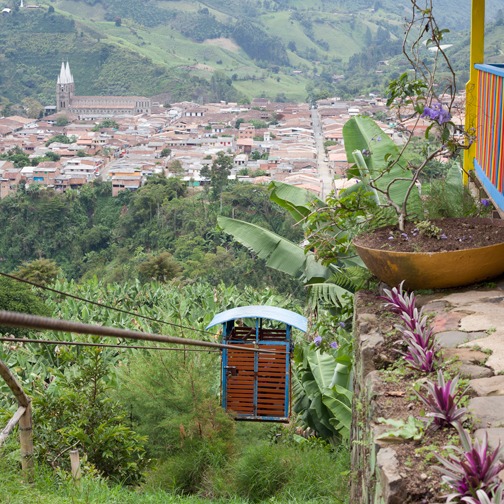On clear days I can see Nevado del Ruiz from my apartment. This highly active volcano usually has a dusting of snow and a thick plume of ash trailing off in the wind. The ash has the same blue-grey tone that dryer lint does. I know because I sweep it off my floors every morning.
Nevado del Ruiz is one of three volcanoes in Parque Nacional Natural Los Nevados. It is the northern-most volcano and the only one currently active. For this reason, access at this end of the park is only possible with a park ranger.
Without a car or motorcycle, a guided tour is the next best option. My sister and I filled the last two seats of a Saturday morning tour. We didn’t know it until we arrived at the meeting point at 7am, but we were in the middle of a Mexican-Colombian-American family vacation.
Our family never had vacations, so it was fun to be in the middle of someone else’s. We received snacks, Nan had a riveting discussion about horror films, and we made it into the family photos.
After breakfast and a canelazo pit stop (agua panela with cinnamon), we made a quick detour to Murillo. It’s a turnoff just before the park entrance. For the life of me I don’t remember why we were there except for the fact that it was beautiful.
Before we could enter the park, we had to stop at the tourist center in Las Brisas for an orientation film. Afterwards, a guide lead us up to the highest accessible location. When Nevado del Ruiz was more dormant, guests were able to go up to a lookout point. However, Valle de las Tumbas is where the tour now finishes.
The clouds rolled in shortly after we arrived and shrouded the whole landscape. There are very few places in the world with páramo ecosystems. Not only are they gorgeous and mercurial, but they are an incredibly important source of water.
One plant that carpets the ground with dense green shoots is colloquially known as colchón de pobre, poor person’s mattress. It can hold up to 100x it’s own weight in water and is responsible for regulating the release of water in times of excess and drought.
At the end of the tour we were freezing – the páramo can be very, very cold. Luckily for us the last stop of the day was the hot springs at Termales el Otoño. The water was piping hot and the view was stunning.
Nan and I both agreed it was the best family vacation we’d ever been on.
About: Kumanday Hostel & Tours
About: Parque Nacional Natural Los Nevados – From the visitor center in Las Brisas, the last entrance to the park is at noon. With a Colombian cédula the entrance fee is $120,000 pesos, $140,000 without.
About: Termales el Otoño
